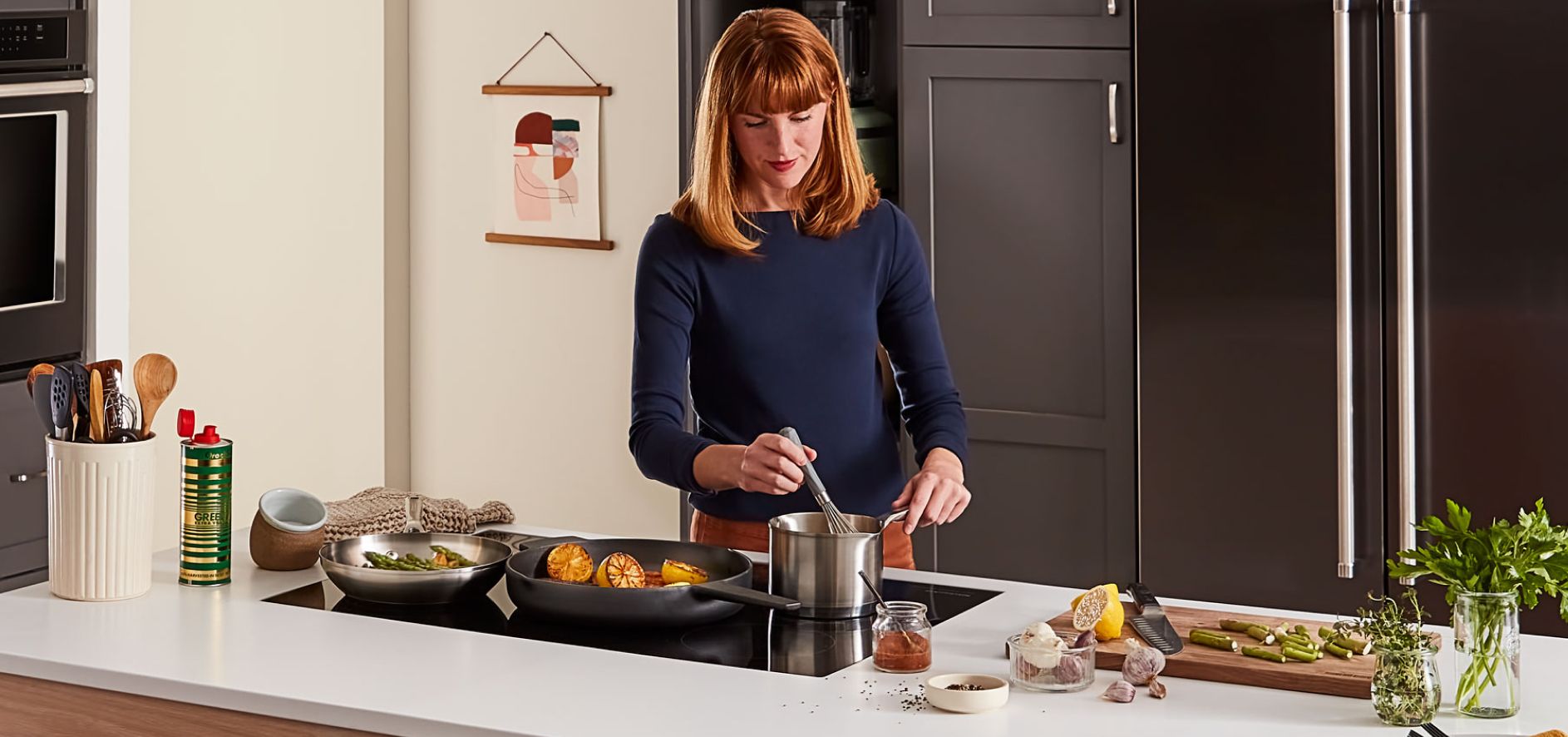

Articles
What Is An Induction Cooktop?
Modified: February 7, 2024
Discover what an induction cooktop is and how it works with this informative article. Learn about the benefits and features of induction cooktops.
(Many of the links in this article redirect to a specific reviewed product. Your purchase of these products through affiliate links helps to generate commission for Storables.com, at no extra cost. Learn more)
Introduction
When it comes to modern kitchen appliances, the induction cooktop has become increasingly popular. As a sleek and efficient alternative to traditional gas and electric stovetops, induction cooktops offer a variety of benefits that make them desirable for homeowners and professional chefs alike.
But what exactly is an induction cooktop? How does it work? And what advantages and disadvantages does it have compared to other types of cooktops? In this article, we will explore the world of induction cooktops, providing you with everything you need to know before making a purchasing decision.
An induction cooktop utilizes advanced technology to produce heat and cook food quickly and efficiently. Unlike gas or electric stovetops, which rely on direct heat transfer through flames or electric coils, induction cooktops use electromagnetic energy to generate heat directly in the cookware.
The induction cooktop is made up of a ceramic or glass surface with induction coils beneath it. When an electric current passes through these coils, a magnetic field is created. This magnetic field induces an electric current in the base of compatible cookware placed on the cooktop, generating heat in the process.
One of the key advantages of induction cooktops is their speed and precision. The electromagnetic energy transfers heat directly to the cookware, resulting in rapid and efficient cooking. The heat can be adjusted instantly, allowing for precise temperature control and immediate response to changes.
Moreover, induction cooktops are incredibly energy-efficient compared to gas and electric cooktops. As the heat is generated directly in the cookware, there is minimal heat loss during the cooking process. This not only saves energy but also keeps the kitchen cooler during use.
In addition to their speed and energy efficiency, induction cooktops offer several other benefits. They are safe to use, as the surface remains cool to the touch even while cooking, reducing the risk of burns. Induction cooktops also provide a flat and smooth surface that is easy to clean, as spills and splatters are less likely to burn or adhere to the surface.
However, it is important to note that induction cooktops do have some disadvantages. First, they require compatible cookware made of magnetic materials, such as cast iron or stainless steel. Non-compatible cookware, such as aluminum or copper, will not work on an induction cooktop.
Another disadvantage is the initial cost of induction cooktops. They tend to be more expensive than traditional cooktops, but their energy efficiency and long-term cost savings can offset the initial investment.
Overall, induction cooktops offer a modern and efficient cooking experience. Their speed, precision, and energy efficiency make them an attractive choice for anyone looking to upgrade their kitchen. With proper care and maintenance, an induction cooktop can provide years of reliable and enjoyable cooking.
Now that you have an understanding of what an induction cooktop is and how it works, let’s dive deeper into the advantages and disadvantages, safety features, and tips for choosing and maintaining an induction cooktop. By the end of this article, you will be equipped with the knowledge to make an informed decision when it comes to incorporating an induction cooktop into your kitchen.
Key Takeaways:
- Induction cooktops offer rapid, precise cooking with energy efficiency and safety features. While they require compatible cookware and a higher initial cost, their long-term benefits make them a valuable kitchen investment.
- To maintain an induction cooktop, promptly clean spills, use flat-bottomed cookware, and follow manufacturer’s instructions. With proper care, an induction cooktop can provide efficient, safe, and enjoyable cooking for years to come.
How Does an Induction Cooktop Work?
To truly appreciate the advantages of an induction cooktop, it’s important to understand how it works. Unlike gas and electric cooktops that use traditional heat transfer methods, induction cooking relies on electromagnetic energy to generate heat directly in the cookware.
Induction cooktops are equipped with a smooth ceramic or glass surface that houses electromagnetic coils beneath it. When you turn on an induction cooktop and place compatible cookware on the surface, an electric current flows through the coils, creating a magnetic field.
This magnetic field then induces an electric current in the bottom of the cookware, thanks to its magnetic properties. This electric current generates heat directly within the cookware, effectively heating up the food and the cookware itself.
One of the key aspects of induction cooking is the fact that the cooktop surface remains cool to the touch. This is because the heat generated is concentrated in the cookware, and there is minimal heat transfer to the surface itself. This not only ensures safety during cooking but also makes cleaning up a breeze.
It’s worth noting that not all cookware is compatible with induction cooktops. To work with induction technology, the cookware needs to have a magnetic base. Materials such as cast iron and stainless steel are ideal choices for induction cookware, as they can efficiently conduct the electromagnetic energy and generate heat. On the other hand, materials like aluminum, copper, and glass will not work on an induction cooktop unless they have a layer of magnetic material on the bottom.
Another important factor to consider when using induction cooktops is the size of the cookware. The size of the cookware should be proportional to the size of the induction cooking zone to ensure optimal heat distribution and efficiency. Most induction cooktops have multiple cooking zones of different sizes, allowing for flexibility in accommodating various pot and pan sizes.
Additionally, induction cooktops offer precise temperature control. Unlike gas or electric cooktops that have a delay in adjusting the heat, induction cooktops respond immediately to changes in temperature settings. This allows for precise cooking control, whether you’re simmering delicate sauces or searing a steak.
Overall, the induction cooktop’s ability to generate heat directly in the cookware, its quick response, and its precise temperature control make it an efficient and convenient cooking option. And with the surface remaining cool during and after cooking, it provides a safer cooking experience compared to traditional cooktops.
Now that we’ve explored how an induction cooktop works, let’s delve into the advantages it offers over other types of cooktops.
Advantages of Induction Cooktops
Induction cooktops offer a range of advantages that make them increasingly popular among homeowners and professional chefs. Let’s take a closer look at some of the key benefits:
- Speed and Efficiency: One of the biggest advantages of induction cooktops is their remarkable speed and efficiency. The electromagnetic energy transfers heat directly to the cookware, resulting in faster cooking times compared to gas and electric cooktops. Induction cooktops can boil water in a fraction of the time it takes on other stovetops.
- Precise Temperature Control: Induction cooktops offer precise temperature control, allowing you to adjust the heat instantly and accurately. This feature is particularly useful for tasks that require delicate temperature adjustments, such as melting chocolate or simmering sauces. The precise temperature control also ensures consistent results in your cooking.
- Energy Efficiency: Induction cooktops are highly energy-efficient. As the heat is generated directly in the cookware, there is minimal heat loss during the cooking process. This results in less wasted energy and reduced cooking times, ultimately lowering your energy consumption. Induction cooktops have been found to be more energy-efficient than gas and electric cooktops.
- Safety: Induction cooktops are designed with safety in mind. Since the ceramic or glass surface remains cool to the touch during cooking, there is a significantly reduced risk of accidental burns or fires. Additionally, most induction cooktops have built-in safety features, such as automatic shut-off timers and pan detection sensors that turn off the heat when no cookware is detected.
- Cleanliness and Easy Maintenance: The smooth surface of an induction cooktop makes it easy to clean and maintain. Spills and splatters are less likely to burn or stick to the cool surface, making cleanup a breeze. A simple wipe with a damp cloth is usually all that’s needed to keep your cooktop looking pristine.
- Even Heating: Induction cooktops provide consistent and even heating across the entire cooking surface. There are no hot spots or uneven heat distribution, ensuring that your food cooks evenly. This is particularly beneficial for dishes that require precise heat management, such as stir-fries or delicate sauces.
These advantages make induction cooktops a versatile and efficient option for any kitchen. While they may have a higher initial cost compared to other cooktops, the long-term energy savings, faster cooking times, and ease of use make them a worthwhile investment.
Now that we’ve explored the advantages of induction cooktops, it’s important to consider their limitations and potential drawbacks. Let’s move on to discussing the disadvantages of induction cooktops.
Disadvantages of Induction Cooktops
While induction cooktops offer numerous advantages, it’s important to also consider their potential drawbacks. Here are some of the main disadvantages to keep in mind:
- Compatibility with Cookware: Induction cooktops require cookware made of magnetic materials, such as cast iron or stainless steel, for effective heat generation. Cookware made of non-magnetic materials, such as aluminum or copper, will not work on induction cooktops unless they have a layer of magnetic material on the bottom. This limitation may require you to update or replace your existing cookware.
- Initial Cost: Induction cooktops tend to have a higher initial cost compared to gas or electric cooktops. The advanced technology and the materials used in induction cooktops contribute to their higher price point. However, it’s important to consider the long-term energy savings and other benefits when evaluating the cost-effectiveness of an induction cooktop.
- Noisy Operation: Induction cooktops can produce a buzzing sound due to the magnetic fields interacting with the cookware. While the noise is generally not very loud, some individuals may find it mildly bothersome, especially during low heat settings or when using certain types of cookware.
- Electronic Sensitivity: Induction cooktops may be sensitive to electronic interference. Nearby electronic devices such as radios, televisions, or certain types of induction-friendly cookware with built-in electronic components may cause interference and affect the performance of the induction cooktop. However, this issue can typically be minimized by keeping the cookware and electronic devices at a safe distance.
- Special Cleaning Requirements: Although induction cooktops are generally easy to clean, they require specific cleaning products and techniques. Abrasive cleaners or harsh chemicals may damage the ceramic or glass surface. It’s important to follow the manufacturer’s instructions on cleaning and maintenance to ensure the longevity and appearance of your induction cooktop.
- Power Supply Considerations: Induction cooktops require a dedicated power supply with sufficient wattage to operate effectively. Upgrading the electrical circuitry and installing a compatible outlet may be required, especially if you’re replacing a gas or electric cooktop with an induction cooktop. Consulting with a qualified electrician is recommended to ensure proper installation.
Despite these disadvantages, many homeowners and professional chefs find that the benefits of using an induction cooktop outweigh the drawbacks. It’s important to carefully consider your cooking needs and preferences when deciding if an induction cooktop is the right choice for you based on these limitations.
Now that we’ve discussed the advantages and disadvantages of induction cooktops, let’s explore the safety features that make them a reliable and secure option in the kitchen.
When using an induction cooktop, make sure to use cookware that is compatible with induction heating, such as cast iron or stainless steel. Avoid using cookware with a warped or uneven bottom, as it may not make proper contact with the cooktop surface.
Safety Features of Induction Cooktops
Induction cooktops are designed with a range of safety features to ensure a secure cooking experience. These features not only provide peace of mind but also contribute to the overall convenience and efficiency of using an induction cooktop. Here are some common safety features found in induction cooktops:
- Cool Surface: One of the most notable safety benefits of induction cooktops is their cool surface. Unlike gas or electric cooktops that generate heat directly on the surface, induction cooktops transfer heat only to the cookware. This means that the surface remains cool to the touch even during cooking. This greatly reduces the risk of accidental burns or injuries.
- Automatic Shut-Off: Induction cooktops are typically equipped with an automatic shut-off feature. This feature turns off the heat after a certain period of inactivity or when the cookware is removed from the surface. This not only helps prevent accidents but also conserves energy by ensuring that the cooktop is not left on unintentionally.
- Pan Detection: Many modern induction cooktops have pan detection sensors. These sensors can detect whether there is cookware present on the surface. If no cookware is detected, the cooktop will automatically shut off or enter a standby mode. This feature helps prevent accidental activation of the cooktop and reduces the risk of overheating or wasting energy.
- Child Lock: Induction cooktops often come with a child lock feature. This feature allows you to lock the control panel to prevent accidental changes to the settings while cooking. It provides an extra level of safety, especially in households with young children.
- Residual Heat Indicators: Some induction cooktops have residual heat indicators. These indicators show whether the surface is still hot even after the cooktop has been turned off. This helps prevent accidental burns when cleaning up or placing objects on the cooktop surface.
- Overheat Protection: Induction cooktops may have built-in overheat protection features. These features monitor the temperature of the cooktop and automatically reduce the power or shut off the cooktop if it detects overheating. This helps prevent damage to the appliance and minimizes the risk of fires or other accidents.
These safety features make induction cooktops a reliable and secure choice for your kitchen. The cool surface, automatic shut-off, pan detection, child lock, residual heat indicators, and overheat protection contribute to a safer cooking experience and provide added peace of mind for you and your family.
Now that we’ve covered the safety features, let’s move on to the next section, where we’ll discuss how to choose the right induction cooktop for your needs.
Read more: What Are The Benefits Of Induction Cooktop
Choosing the Right Induction Cooktop
When it comes to choosing the right induction cooktop for your kitchen, there are several factors to consider. Here are some important considerations to help you make an informed decision:
- Cooking Zones and Size: Determine the number of cooking zones you need based on your cooking habits and the size of your pots and pans. Consider the overall size of the cooktop as well, ensuring it fits properly within your kitchen countertop space.
- Power and Heating Levels: Look for induction cooktops with a wide range of power levels and heating options. Having a variety of heat settings allows for greater flexibility in cooking different types of dishes and achieving precise temperatures.
- Control Panel: Consider the design and functionality of the control panel. Opt for an induction cooktop with an intuitive and easy-to-use interface. Touch controls are popular for their sleek appearance and responsiveness.
- Safety Features: Pay attention to the safety features offered by different induction cooktop models. Features such as child locks, pan detection sensors, automatic shut-off, and residual heat indicators enhance safety and peace of mind during operation.
- Cookware Compatibility: Ensure that the induction cooktop you choose is compatible with your existing cookware or that you are willing to invest in induction-compatible pots and pans. Remember that magnetic materials like cast iron and stainless steel work best with induction technology.
- Cleaning and Maintenance: Consider the ease of cleaning and maintaining the cooktop. Look for models with a smooth surface that is resistant to stains and spills. Some induction cooktops also have features like a ceramic glass coating that makes cleaning effortless.
- Brand Reputation and Warranty: Research the reputation of different induction cooktop brands and read customer reviews to gauge their reliability and customer satisfaction. Additionally, consider the warranty offered by the manufacturer to ensure protection against any potential defects or malfunctions.
By considering these factors, you can choose an induction cooktop that not only suits your cooking needs but also aligns with your lifestyle and preferences.
Now that you have a better idea of how to choose the right induction cooktop, let’s move on to the next section, where we’ll discuss some maintenance and care tips to keep your induction cooktop in optimal condition.
Maintenance and Care Tips for Induction Cooktops
To ensure the longevity and optimal performance of your induction cooktop, it’s important to follow proper maintenance and care guidelines. Here are some tips to help you keep your induction cooktop in great condition:
- Clean Spills Promptly: Wipe up spills and food splatters as soon as possible to prevent them from burning onto the surface. Use a soft cloth or sponge with mild soapy water to clean the cooktop. Avoid using abrasive cleaners or scrub brushes, as they can scratch or damage the surface.
- Use Cookware with Flat Surfaces: Ensure that the cookware you use has a flat and smooth bottom to maximize the contact with the induction cooktop surface. This helps in even heat distribution and prevents hot spots. Avoid dragging cookware across the surface, as it can cause scratches.
- Avoid Heavy Impact or Weight: Be cautious when handling heavy or large items near the induction cooktop. Dropping heavy objects onto the cooktop or placing heavy items on the surface can cause damage. Exercise care when moving pots and pans to avoid scratching the surface.
- Regularly Clean the Ventilation System: If your induction cooktop has a ventilation system, clean the filters or vents regularly. This helps maintain proper airflow and prevents the accumulation of grease, which can affect the performance of the cooktop.
- Review the Manufacturer’s Instructions: Familiarize yourself with the specific care instructions provided by the manufacturer of your induction cooktop. Follow their guidelines on cleaning products, recommended cookware, and any specific maintenance procedures to maintain the warranty and ensure optimal performance.
- Keep the Control Panel Dry: Avoid getting the control panel and any touch controls wet. Wipe them gently with a damp cloth if necessary, but do not allow water to seep into any openings or buttons. Excess moisture can cause electrical malfunctions.
- Periodically Inspect Power Cords and Plugs: Regularly check the power cord and plug for any signs of damage or wear. If you notice any issues, have them addressed by a qualified technician to ensure safe operation.
- Unplug During Extended Periods of Non-Use: If you plan on leaving your induction cooktop unused for an extended period, such as during a vacation, it’s a good idea to unplug it. This helps conserve energy and protects against any electrical issues that may arise during your absence.
By following these maintenance and care tips, you can keep your induction cooktop clean, functioning properly, and looking its best for years to come.
Now that we’ve covered the maintenance and care tips, let’s conclude this article.
Conclusion
Induction cooktops are a modern and efficient addition to any kitchen, offering numerous advantages over traditional gas and electric stovetops. Their ability to generate heat directly in the cookware, precise temperature control, energy efficiency, and safety features make them an attractive choice for homeowners and professional chefs alike.
While induction cooktops have their own set of limitations, such as cookware compatibility and a higher initial cost, their benefits often outweigh these drawbacks. The speed, efficiency, precise control, safety features, and easy maintenance of induction cooktops make them a worthwhile investment for those seeking a contemporary cooking experience.
When choosing an induction cooktop, consider factors such as the number and size of cooking zones, power and heating levels, control panel design, safety features, cookware compatibility, ease of cleaning, brand reputation, and warranty. These considerations will help you select the right induction cooktop that suits your cooking needs and fits seamlessly into your kitchen.
To ensure the longevity and optimal performance of your induction cooktop, follow proper maintenance and care tips. Clean spills promptly, use flat-bottomed cookware, exercise caution with heavy items, clean the ventilation system, refer to the manufacturer’s instructions, keep the control panel dry, inspect power cords and plugs, and unplug during extended periods of non-use.
By following these guidelines, you can enjoy the benefits of your induction cooktop for years to come. Its speed, precision, energy efficiency, safety, and ease of use will enhance your cooking experience and make meal preparation a breeze.
So, if you’re ready to upgrade your kitchen and transform your cooking experience, consider investing in an induction cooktop. With their advanced technology and numerous advantages, induction cooktops are a valuable addition to any modern kitchen.
Frequently Asked Questions about What Is An Induction Cooktop?
Was this page helpful?
At Storables.com, we guarantee accurate and reliable information. Our content, validated by Expert Board Contributors, is crafted following stringent Editorial Policies. We're committed to providing you with well-researched, expert-backed insights for all your informational needs.
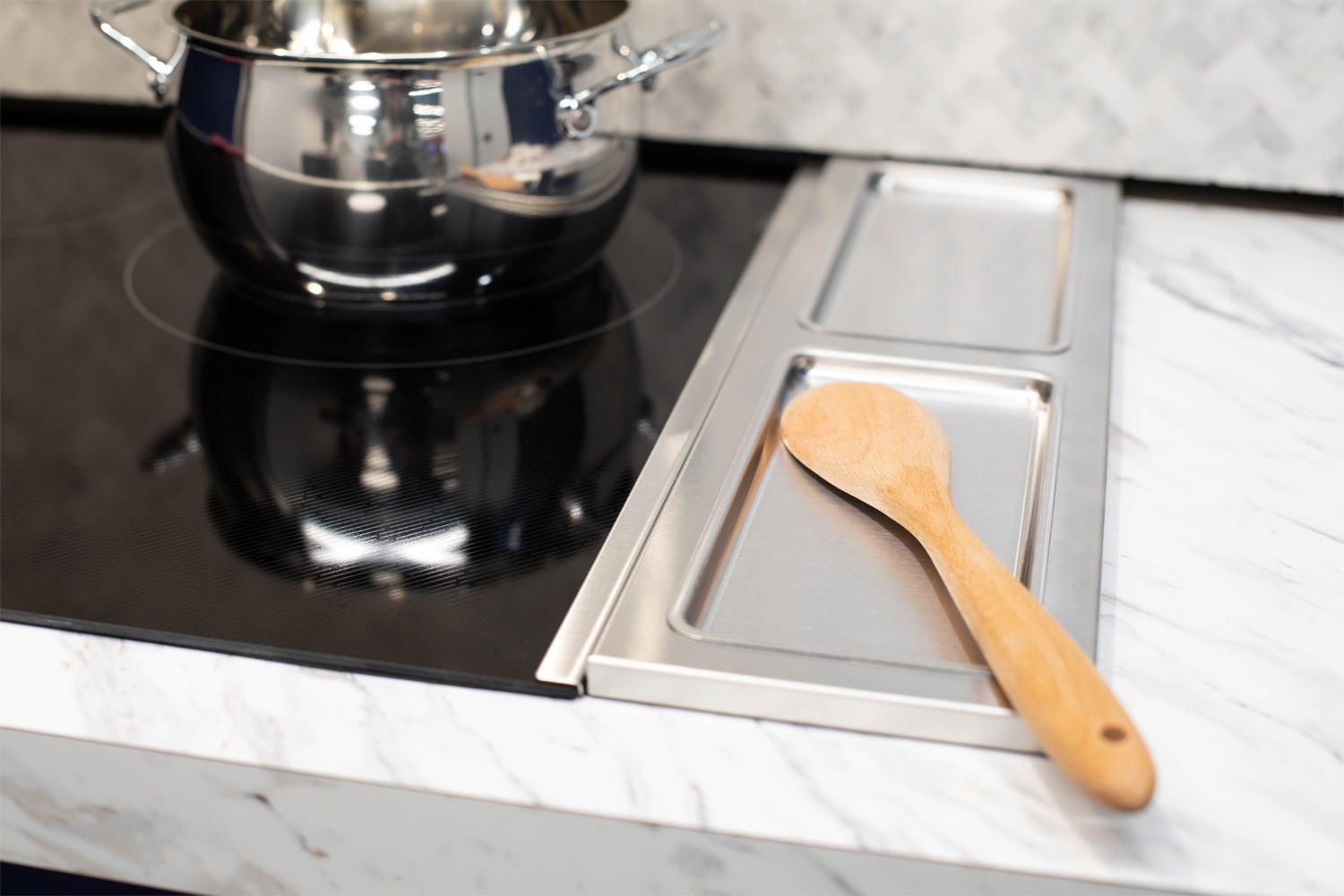
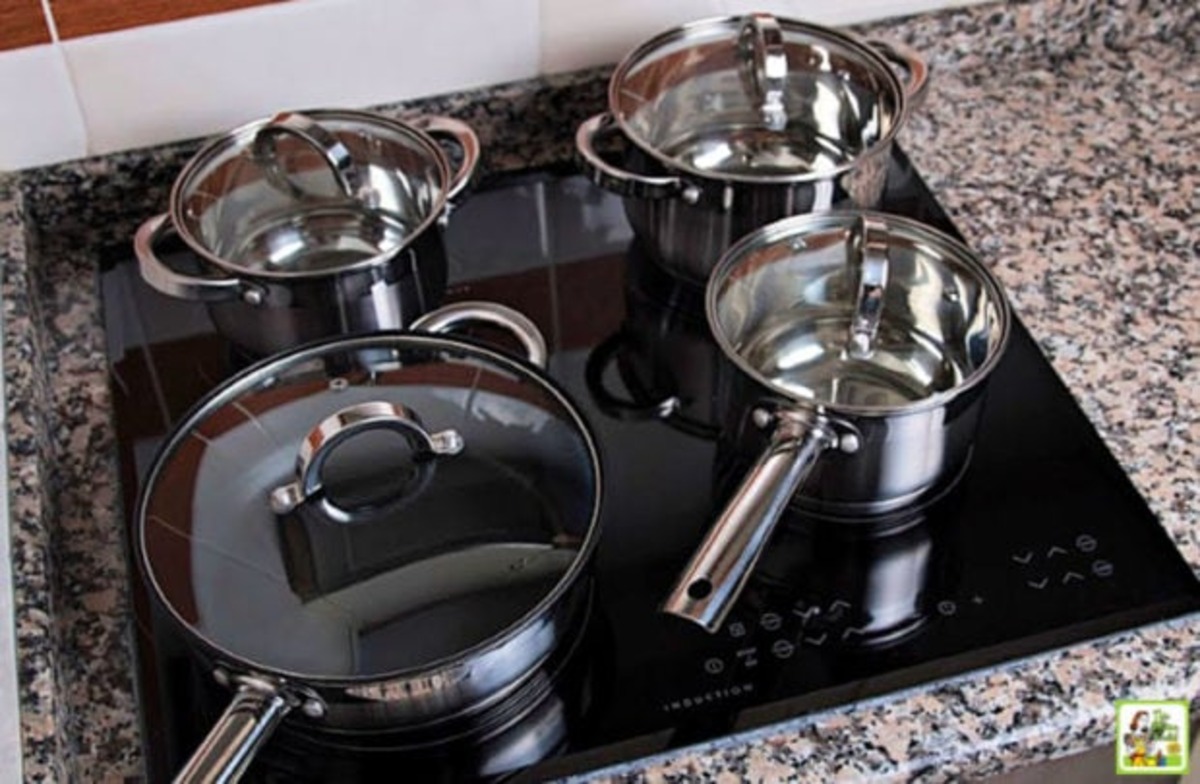
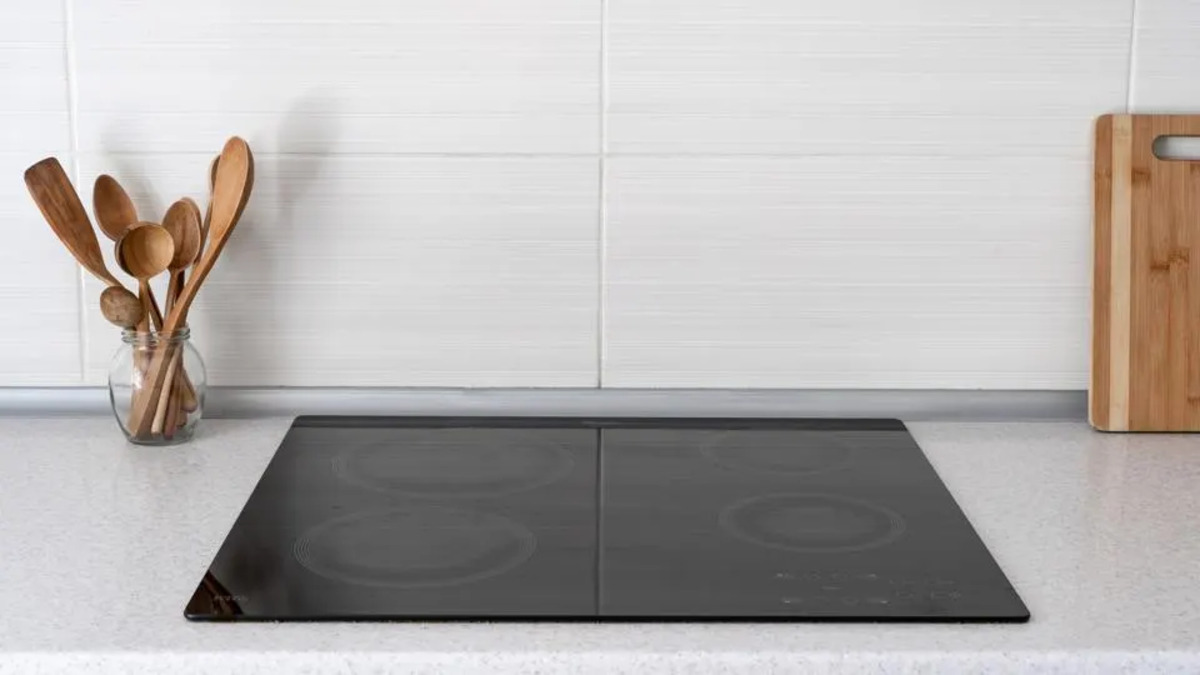
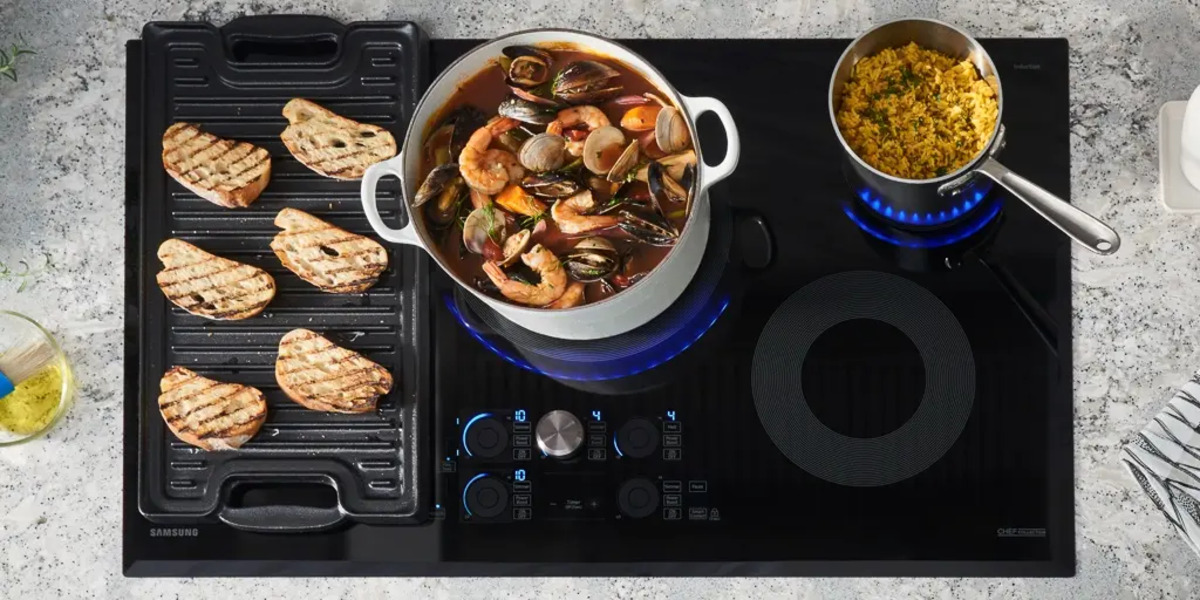
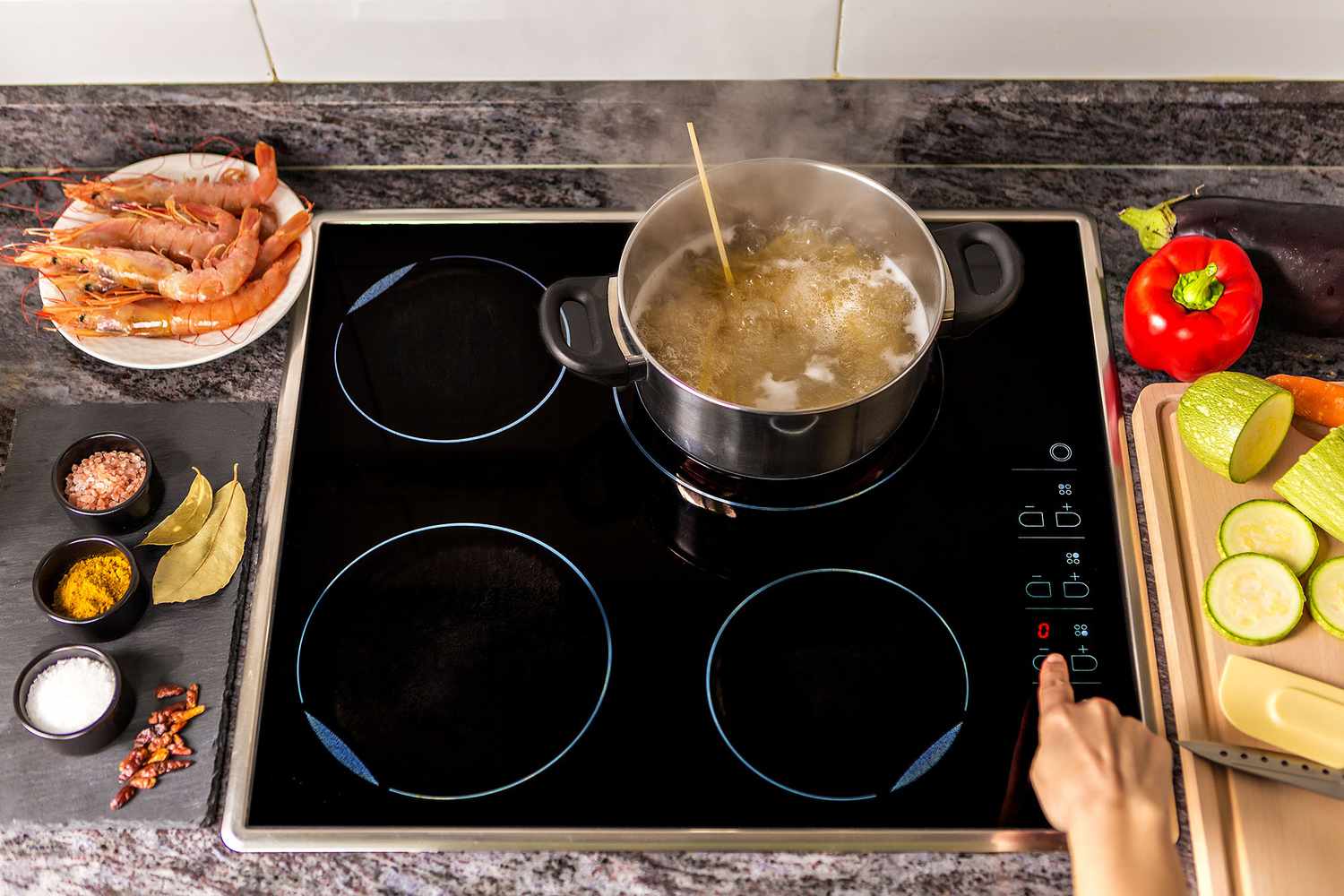
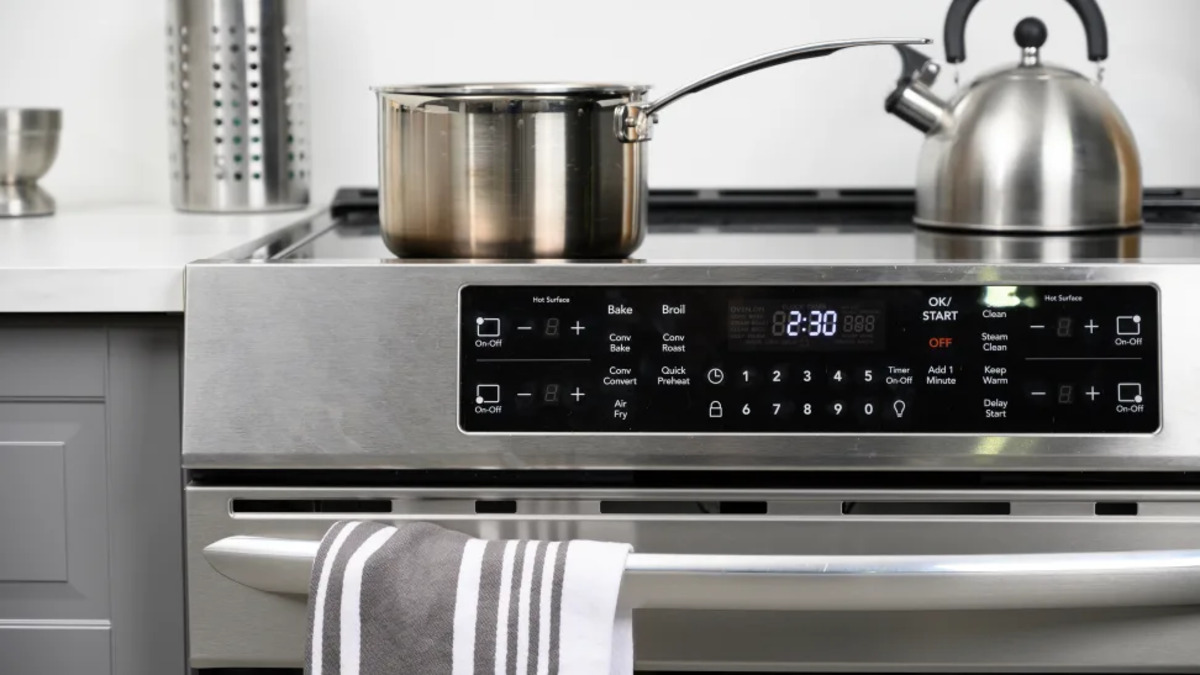
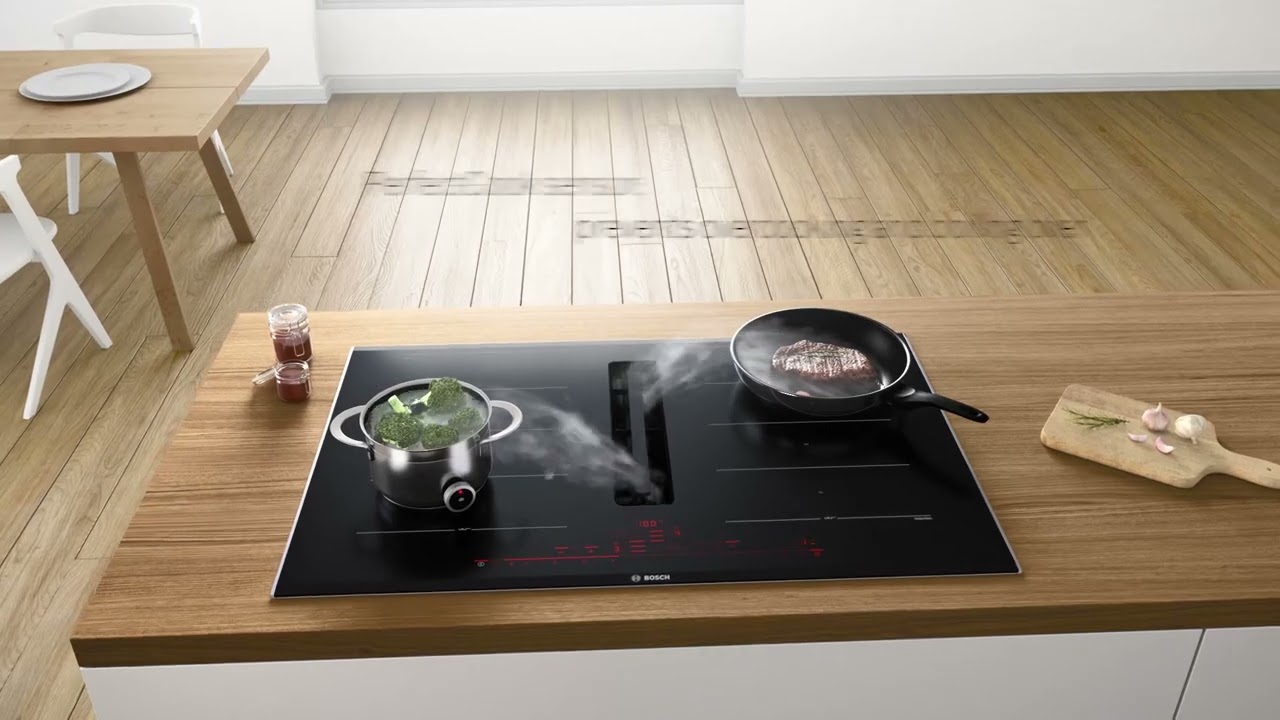
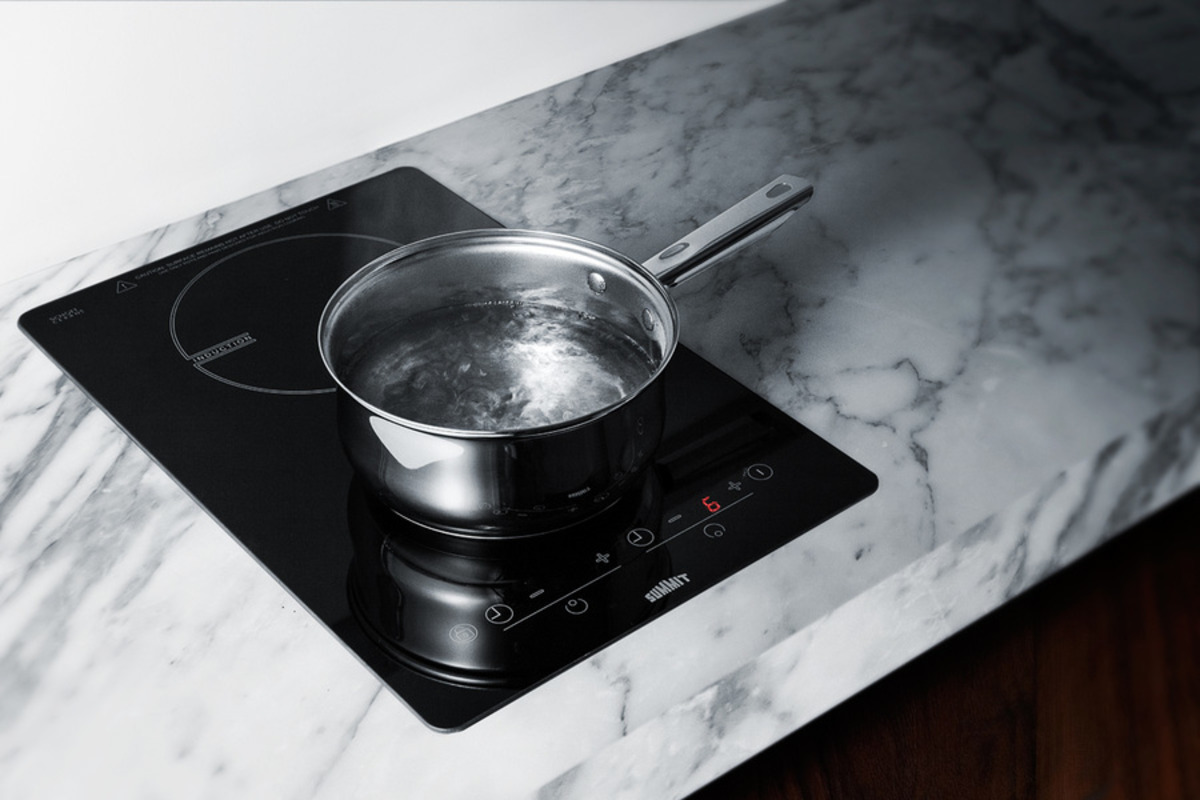

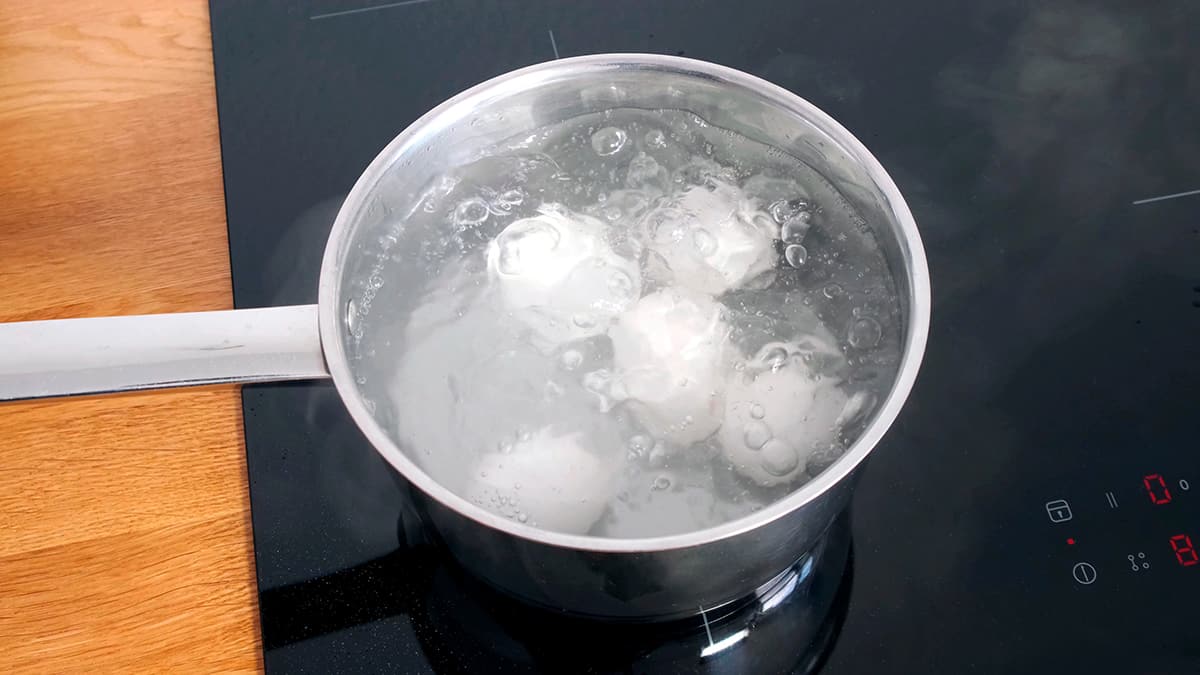
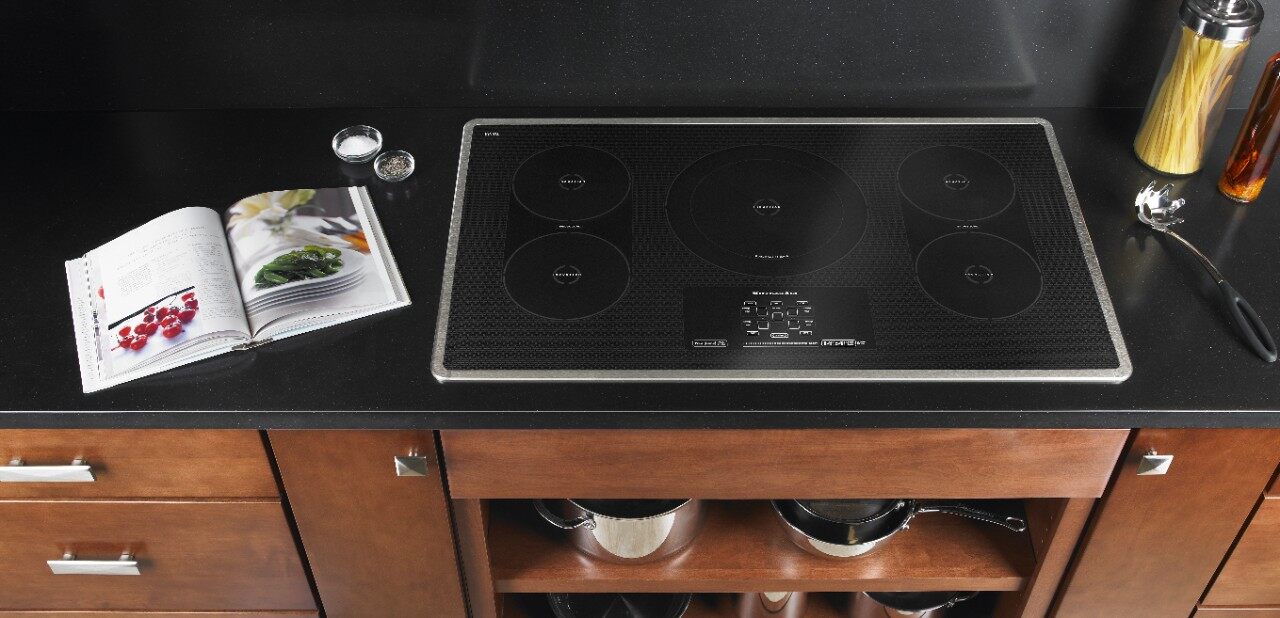
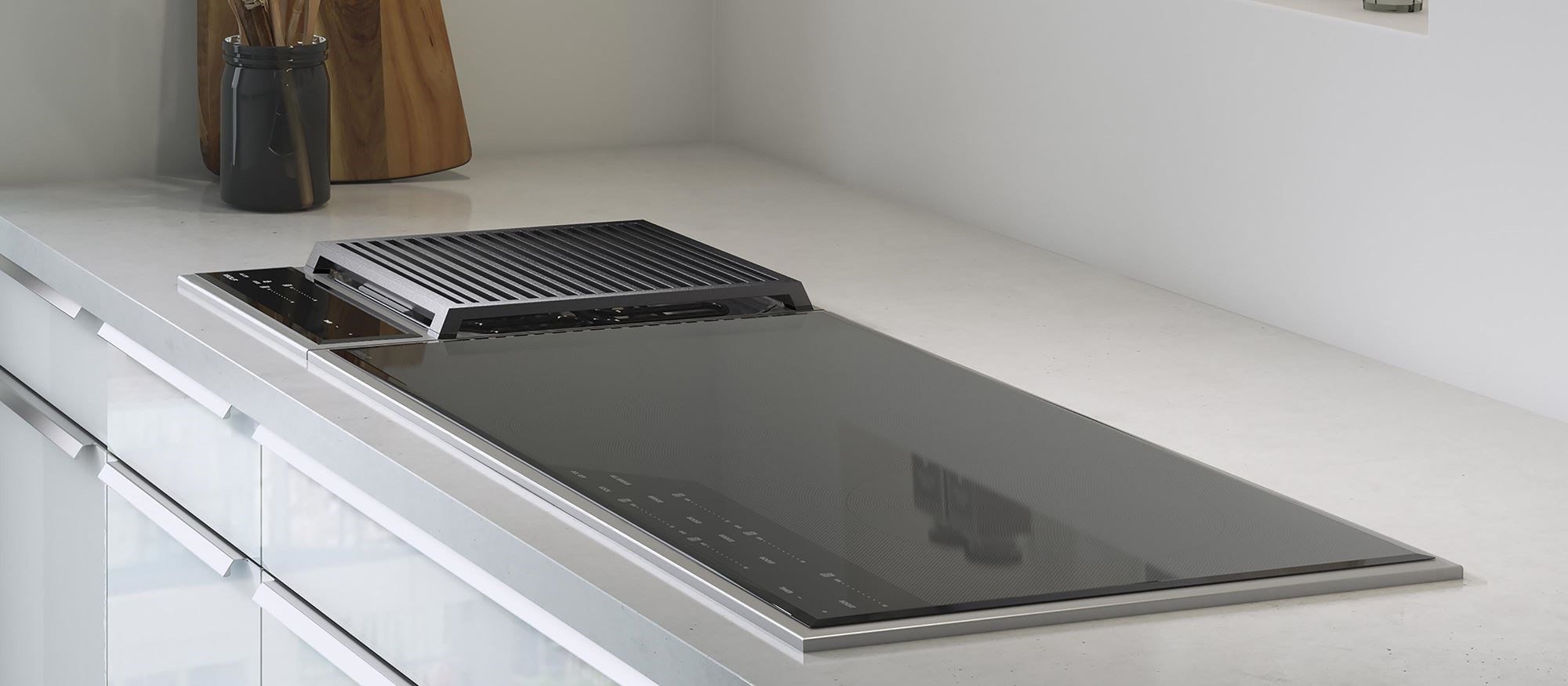
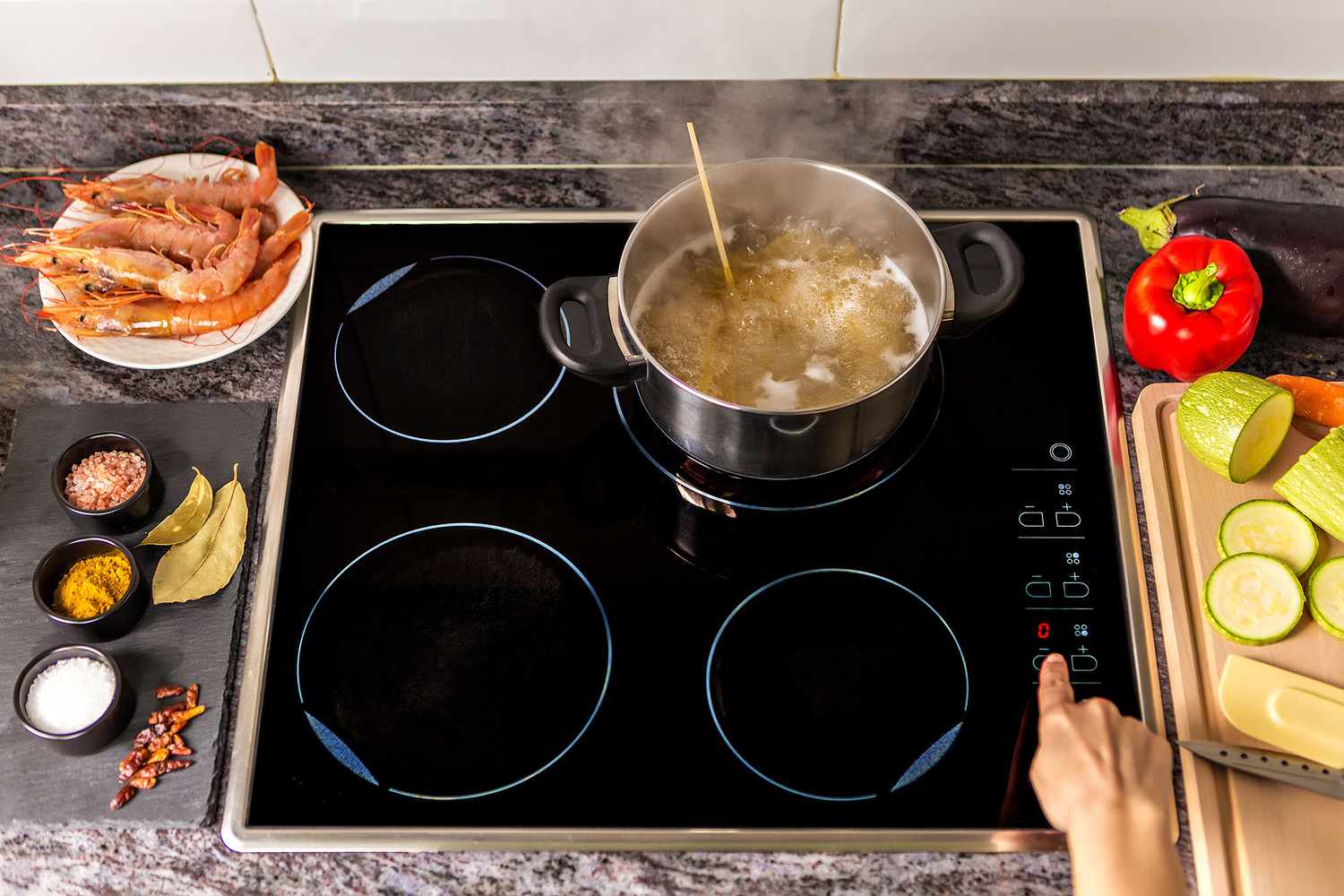
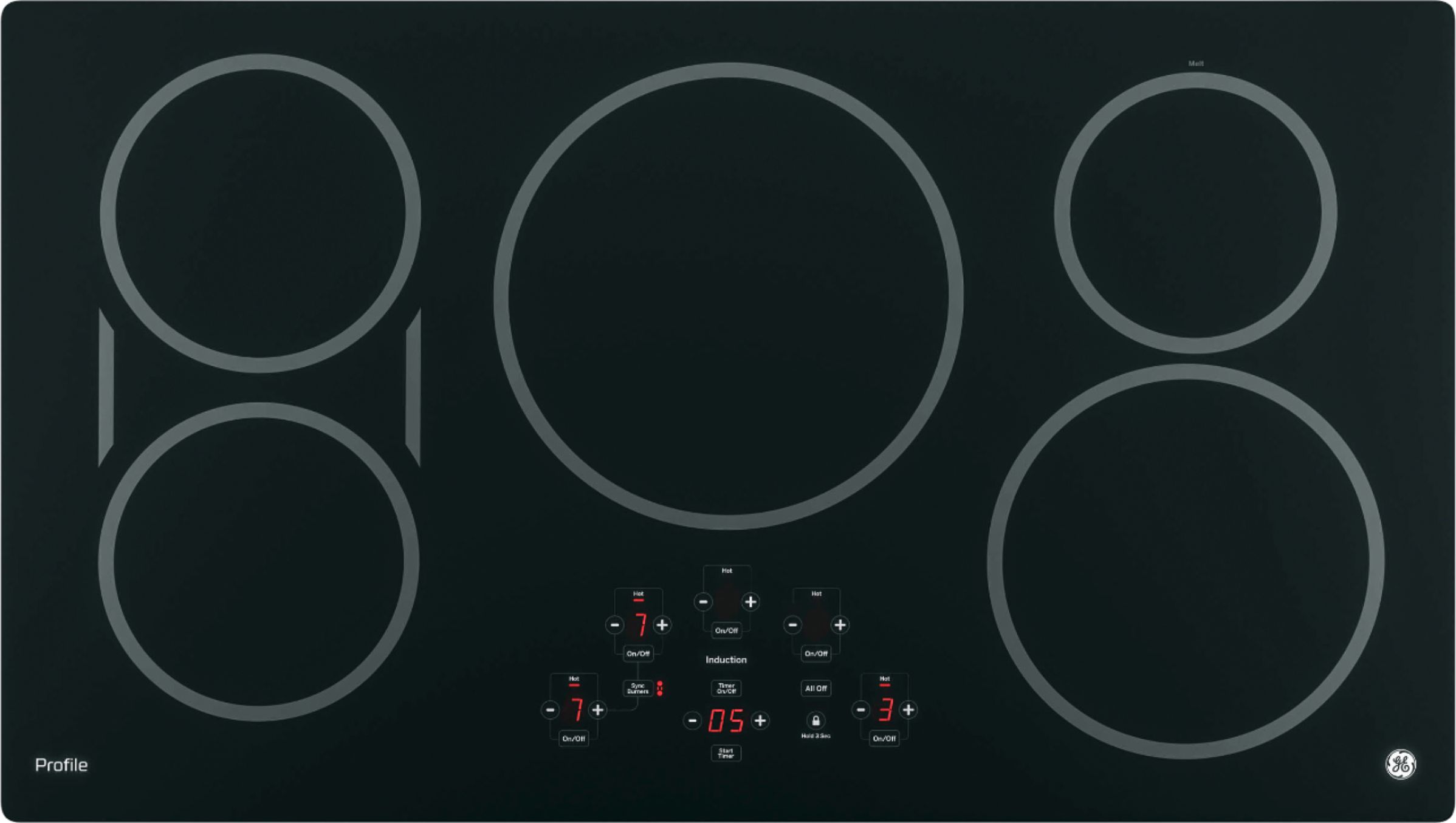

0 thoughts on “What Is An Induction Cooktop?”